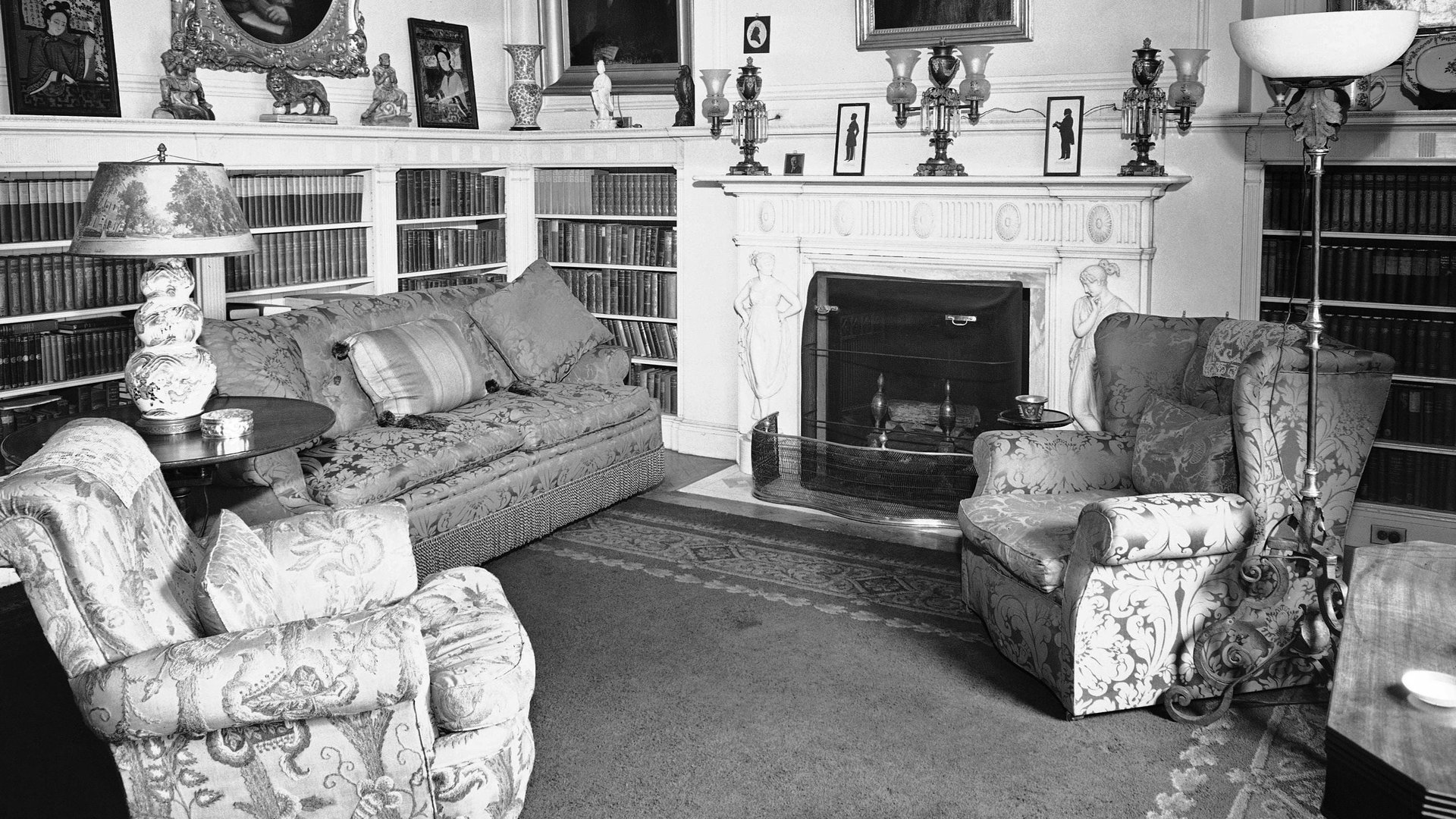“The Floor Is Lava” shows how US suburban architecture changed the way American kids play
There’s an easy way to test if someone who grew up in the US has maintained their playful childhood spirit: While walking down the street, surprise your friend by yelling “The floor is lava!” If within three seconds they jump onto the nearest fence or car, congrats: you’ve got a friend still into making life a game whenever possible.


There’s an easy way to test if someone who grew up in the US has maintained their playful childhood spirit: While walking down the street, surprise your friend by yelling “The floor is lava!” If within three seconds they jump onto the nearest fence or car, congrats: you’ve got a friend still into making life a game whenever possible.
“The Floor is Lava” is like hopscotch or foursquare; it’s one of those game that a lot of people remember playing, but no one knows who came up with it. There is, however, now a theory about where it originated: the American living room.
A paper published earlier this year in the journal Social Science Research Network proposes that the rise of the family room in the US in the second half of the 20th century was behind the spread of this particular childhood game. It appears that The Floor is Lava took off like wildfire around the same time as multiple kids simultaneously invented it in their homes, and then played with their friends (although there are no official records of its popularity over time).
To understand why, you have to first understand the basic premise of the game itself: All you do is pretend that the floor is lava, and then use any other surface to get from point A to point B. Touch the ground and you lose.
The game is pretty easy to understand and doesn’t require any additional equipment other than a fierce sense of imagination, which in part makes it easy to share and spread. But the specific design of the American living room also helps for a number of reasons.
The living room was conceived for hanging out: watching TV, reading, or talking in formal or informal social settings. It was first introduced into the US in the late 1930s and became popular with the rise of the middle-class home-owning population, many of whom wanted split-level homes with leisure rooms near, but not connected to, the kitchen on the first floor. These rooms grew as homes did (paywall): In the 1950s, most houses were an average of 900 sq ft in the 1950s, and by the early 2000s they were 2,300 sq ft.
Big houses had big rooms filled with furniture, ideal spaces for games avoiding the floor. Children’s bedrooms were too small. Master bedrooms would work, but those were usually verboten, as were home offices. Kitchens were also not ideal because in addition to being filled with immobile, dangerous equipment, and were the assumed “command post” of mothers, according to Annemarie Adams, an architectural historian (pdf). Considering that The Floor is Lava involves non-traditional use of the furniture, it’s best to play out of the sightline of parental authorities.
Tim Hwang, director of the Harvard-MIT Ethics and Governance of AI Initiative, and author of the paper proposes that the spread of this game across America has to do with the fact that most homes in the rising middle all tended to have similar designs after World War II. “Folk games persist when they are fun,” Hwang writes. “Whether a folk game is fun depends very much on the space that it takes place within.”
Hwang’s paper argues that the homogeneity of the living room’s location in suburban homes, as well as the similarity of the furniture middle-class families filled their houses with, meant that kids all across the country playing in one home could easily bring the game to their friends’ houses.
More broadly, though, Hwang thinks the familiarity of The Floor is Lava shows how the spaces we occupy shape our behavior. “When we design spaces with intended purposes in mind, what are the unexpected uses that come out of space?” he asks. Consider the open-office layout: Although the intent was to encourage collaboration, most of the time the connected desks make people miserable and distracted.